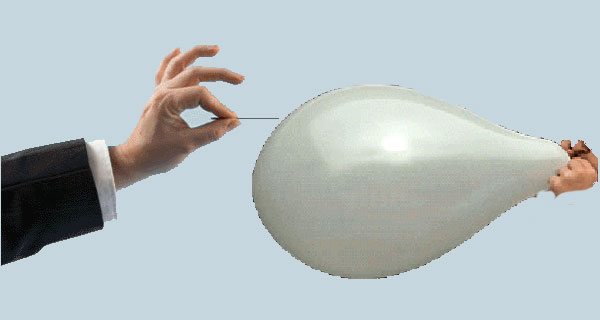By Jason Clemens,
Milagros Palacios
and Niels Veldhuis
The Fraser Institute
An end-of-year poll by the Angus Reid Institute showed increased concern among Canadians about government spending and deficits. It’s a well-founded concern.
Government spending and the economy share top spot as the chief issues of concern.
Notably, federal finances remain in the red despite a growing economy.

Jason
Clemens
A key risk of running deficits during times of economic growth is that the budget can’t be balanced regardless of economic conditions. That’s because a permanent imbalance develops between how much the government spends and the amount it raises from taxes. This is exactly what Canada experienced throughout the 1970s, ’80s and early ’90s. It didn’t matter if the economy was growing, slowing or in recession. The federal government couldn’t balance its budget.
Prior to Prime Minister Justin Trudeau and his Liberal government taking office in late 2015, the budget plan of the previous government called for a small surplus in 2018-19 of $2.6 billion. Upon assuming power, the new government increased budgeted federal program spending by $8.1 billion from 2015-16 to 2019-20.
Less than six months later, in its first full budget, the government increased budgeted program spending by an additional $65.9 billion over the same five-year period. The most recent update indicates a deficit of $15.7 billion for 2018-19.

Milagros Palacios
But what would happen to the federal deficit if a recession or economic slowdown were to occur?
In recent history, a recession – or at a minimum an economic slowdown – has occurred roughly every eight years. Given that the last recession was in 2008-09, Canada is due for a slowdown in 2018 or perhaps 2019 if this historical pattern persists.
The implications of an economic slowdown or recession on federal finances help illustrate why it’s bad policy to purposefully operate in deficits during times of positive economic growth.
Slowdowns or recession automatically increase the deficit without any action by government. The cause lies in programs that are referred to as ‘automatic stabilizers.’ These programs automatically take in less revenues and spend more money without any change in policy when the economy slows (and vice versa when it’s growing). For example, spending on employment insurance increased from $14.1 billion in 2006-07 to $21.6 billion in 2009-10, an increase of 53.3 per cent during a period that included the 2008-09 recession.

Niels
Veldhuis
Governments often also enact discretionary measures that further reduce revenues and/or increase program spending in response to recessions. The Conservative government of Stephen Harper, for instance, introduced large stimulus spending in the 2009 budget in response to the 2008-09 recession.
The result of the automatic revenue declines and spending increases, coupled with potential discretionary policy changes, is larger deficits.
Let’s imagine that the conditions of the economic slowdown of 2000-01 were repeated in 2019-20 – that the economy repeats the 2000-01 circumstances and the government responds exactly the same way. Revenues would decline by $14.3 billion while spending would increase by $14.0 billion, resulting in a deficit of $42.7 billion, rather than the currently planned $14.4 billion. And the federal government would accumulate $75.7 billion in extra debt compared to its current plan over the 2019-20 to 2022-23 period.
And the numbers would be significantly worse if a more serious recession like 2008-09 happened.
Running deficits in times of economic growth – even slow economic growth – risks much larger deficits when the inevitable recession occurs.
Given the current level of deficits, the risks to federal finances from even a mild recession are substantial and should be addressed. The government needs to move more purposefully towards a balanced budget in the next two years.
Jason Clemens, Milagros Palacios and Niels Veldhuis are economists with the Fraser Institute and co-authors of a recently released study on federal deficits.
Jason, Milagros and Niels are Troy Media Thought Leaders. Why aren’t you?
The views, opinions and positions expressed by columnists and contributors are the author’s alone. They do not inherently or expressly reflect the views, opinions and/or positions of our publication.


